If you’re new to gardening and aren’t sure where to start, we’ve gathered a collection of basic gardening tools and know-how for beginner to get you started.
The right equipment is one of the first things you’ll need, and we’ve compiled a list of basic products to assist you in getting through the beginner key garden jobs. Knowing what to use and when to use it is the primary element of knowing gardening. One should know which tool to use at which stage of growing a vegetable.

It’s easy to go overboard when it comes to gardening supplies. They may take up a lot of space and money, but concentrating on the necessities will help keep your storage area from being overcrowded.
There will always be something larger and better, but investing in the highest quality tools your budget permits and maintaining them will allow you to get the most out of your investment.
Essential garden tools for beginners are not difficult to get, and it does not have to take up an entire shed. In this blog you will get to know, to begin gardening for the first time, what you will require.
Here are the top beginner gardening tools-
Gloves are essential gardening tools.
Gardening may be a joyful hobby, but it can quickly become a prickly and terrifying nightmare without suitable gloves. When working with seeds or transplanting seedlings, gloves should be tough. Fit is critical since ill-fitting gloves as garden tools can cause blisters or come off, leading to accidents.
Water-resistant and breathable materials will keep hands cool, comfortable and ensures health. Longer cuffs protect the wrists and forearms from scrapes while also keeping dirt out. Keep your gloves away from direct sunshine, water, and insects.
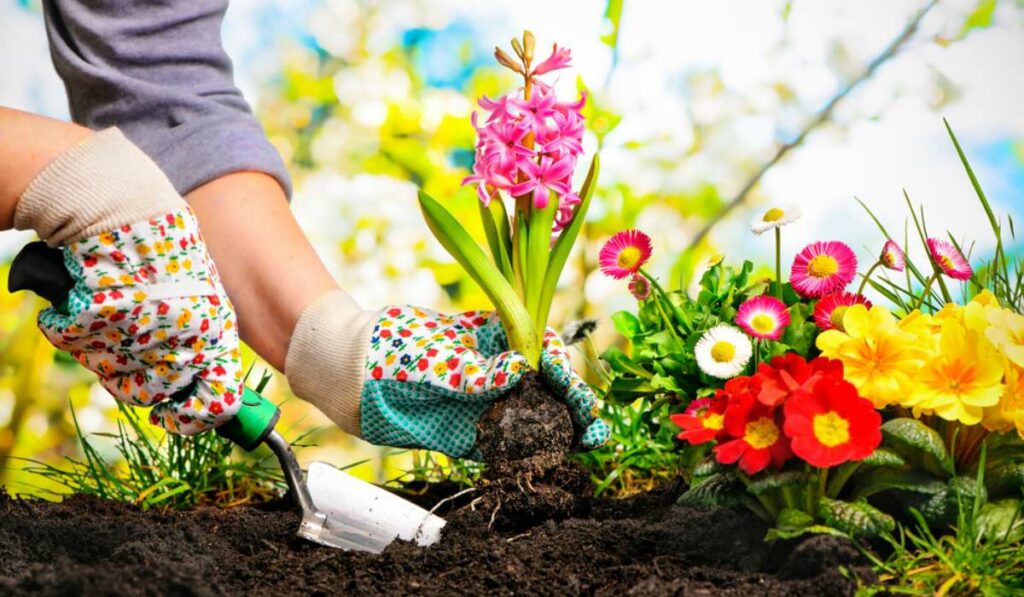
A hand-held trowel is beginners’ tool for garden.
A trowel is a small hand tool used for digging at ground level and digging small holes for seed planting, as well as assessing soil levels and digging up tenacious weeds. Look for a trowel with a narrow, strong blade, and stainless steel is a good choice and a comfortable handle. These hand tools are one of the gardener’s best friends.
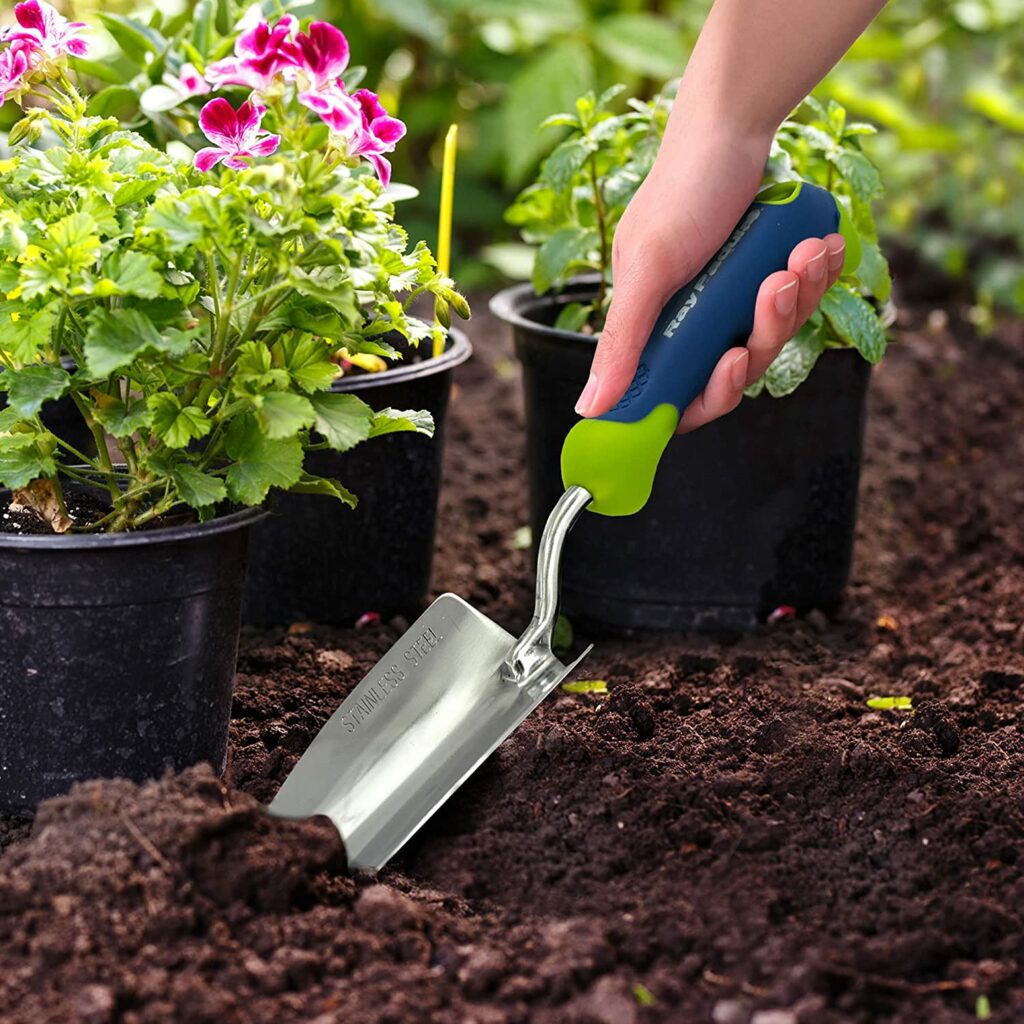
Loppers are another essential garden hand tools.
Another type of cutting device for gardens is a loop, which is essentially a long-handled pruner used to trim hard-to-reach regions and remove larger branches. The long handles offer the leverage needed to chop through branches 1 inch or more in diameter. Handle lengths typically range from 16 to 36 inches.
Bypass loppers are heavier than loppers and cut more precisely. Consider what you’ll be cutting and how far you’ll need to reach before choosing the right length. Lightweight aluminum or carbon composite handles can be lighter. Keep lopper blades in good shape and sharpen them on a regular basis, just like pruners.

Shears for pruning are a basic gardening tool.
Hand pruners, also known as secateurs, are used to manage plants that have grown out of control in gardens. Pruners, like a knife on a board, cut with a sharp blade contacting a flat surface. Like scissors, Bypass pruners cut with a sharp blade going through a sharp-edged flat surface.
Anvil pruners are great for decaying wood but can break young green stems and branches. Bypass pruners are preferable for live plants and green wood, and they should be small enough to fit in the palm of your hand.
Ratcheting pruners give improved cutting strength, making them ideal for anybody with limited hand strength or arthritis. You should sharpen the pruners on a regular basis for cleaner cuts and less plant harm.
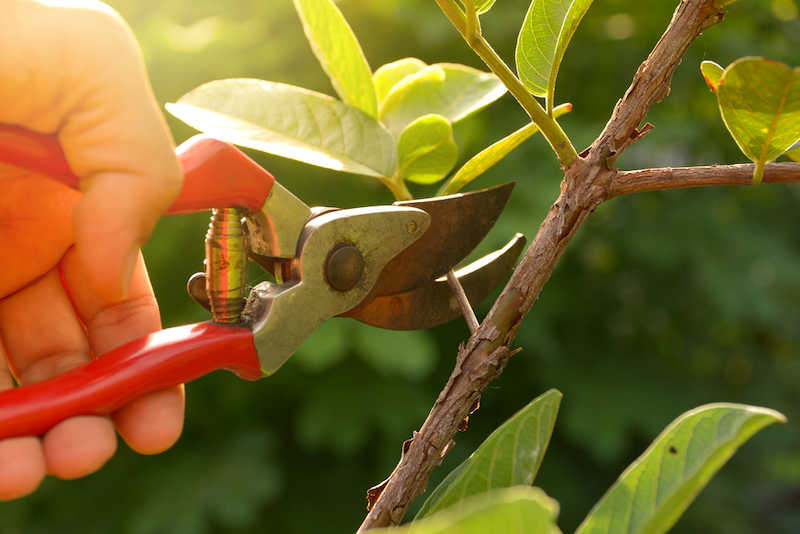
Hand fork or cultivator as a basic gardening tool
The “fork” or “cultivator” is another form of hand instrument for gardens. It’s excellent for scratching the soil in the garden and in pots to remove small weeds and roughen the soil. On the first usage, a cheap fork. A strong handle and shaft are essential, as well as a firm union where the shaft and head connect in later stages of gardening.
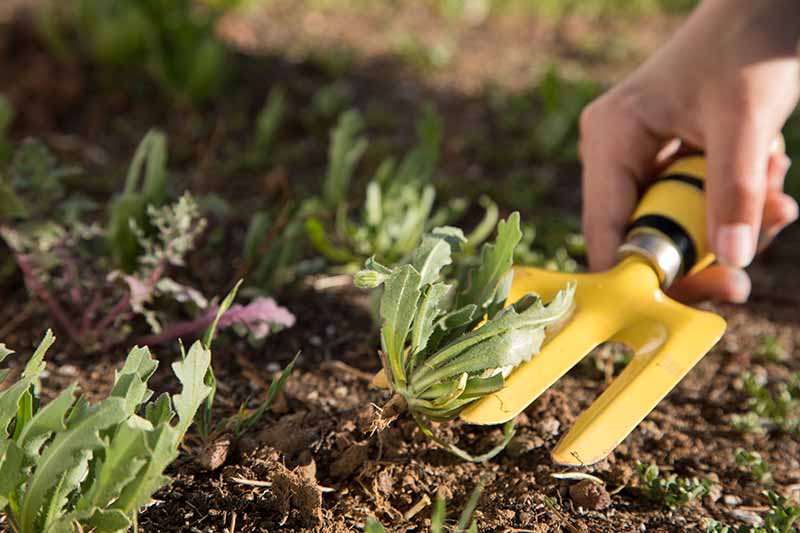
Long shovels and spades
A long-handled spade with a flat, straight-edged blade can be used to dig straight-sided holes, cut roots, remove plants and weeds, and create edgings. Garden shovels with long handles and sharp, rounded blades are also available; they are great for digging holes and moving soil.
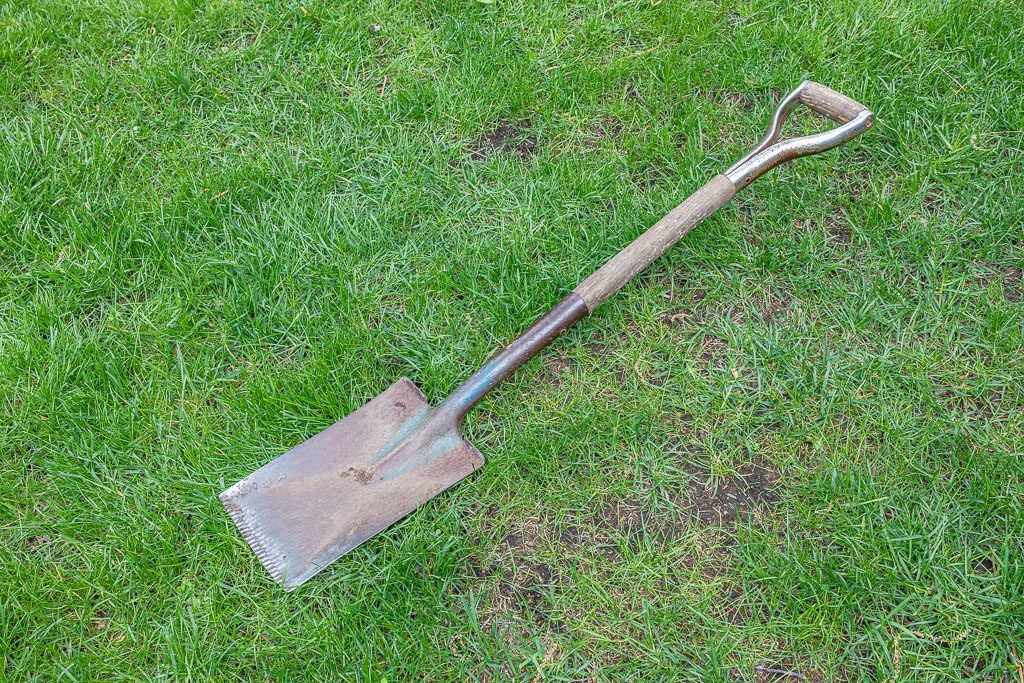
Garden forks are another basic tool.
Garden forks are a helpful tool for turning soil since they can dig deeper than a shovel in gardens. It is pretty common to see them around dense areas. Forks with a tiny twist to the spines, similar to a pitchfork, are perfect for scooping mulch or stirring compost piles.
Straight ones function well in compacted, rocky, or clay soil; square ones are stronger than flat ones, which can bend when they come into touch with a rock or root.
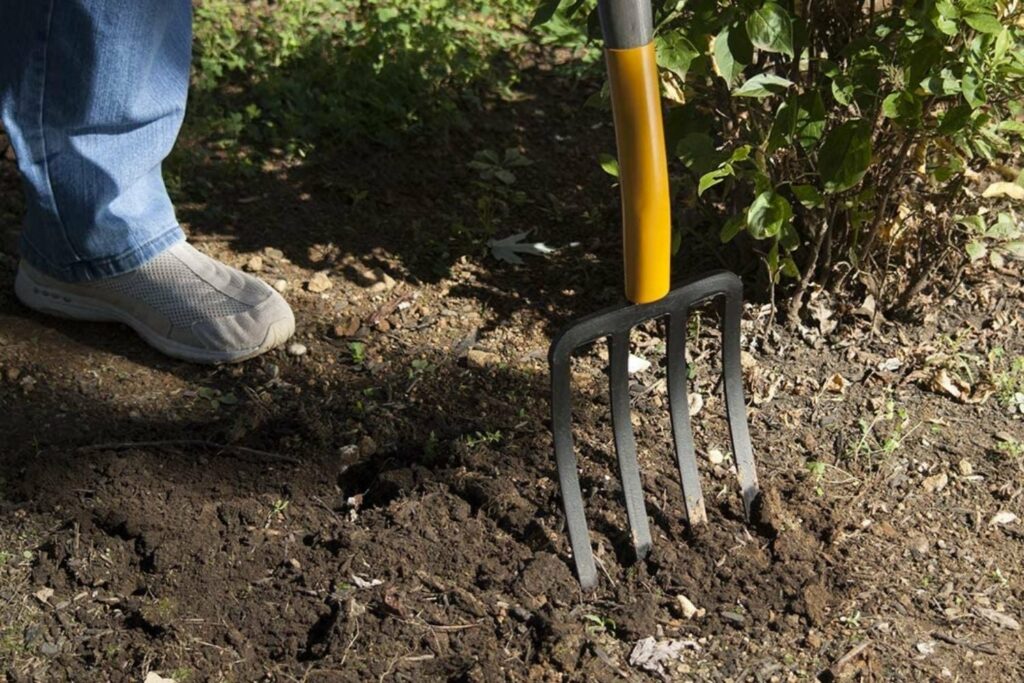
A wheelbarrow is a basic gardening tool.
A reliable wheelbarrow is unbeatable! It’s great for weeding, hauling soil or leaves, collecting trash, and a number of other tasks in gardens. The strongest wheelbarrows for big loads are made of one piece of heavy steel, while heavy-duty plastic wheelbarrows are a better choice for home gardeners.
A wheelbarrow is less stable than a two-wheel yard cart, but it is easier to control. Using a wheelbarrow or yard cart can also help to protect your back, which you have to constantly strain while you bend to plant and weed the garden.

Digging spade
A garden spade is a good choice when you need something larger than a trowel but smaller than a shovel. You usually use it to dig holes for the tree, shrub, or large flower planting, but it may also help remove dirt, compost, and organic fertilizer from a pit, container, or wheelbarrow, as well as cut a trench or shave thick grass.
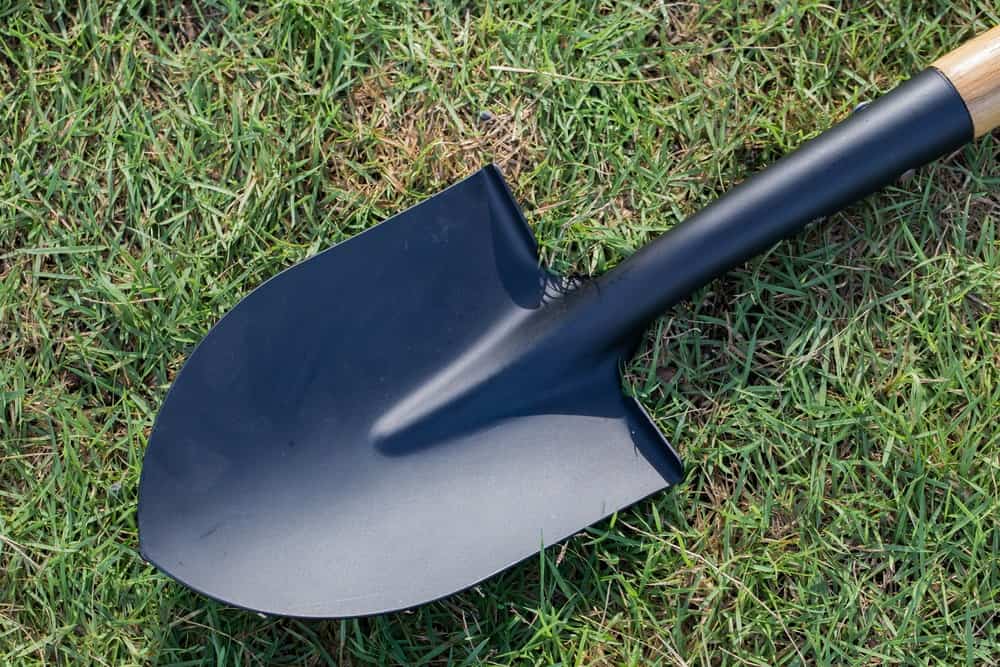
Weeding instrument
This shovel is great for digging small holes for transplanting and removing deeply rooted weeds. You can use it to dig out many deep taproots, and the narrow blade of the trowel can use to remove weeds in tight spaces. The best way to care for it is to apply linseed oil before the first use to avoid rust. This keeps the wood handle from drying out and filth from sticking to the blade. Wipe it down after use.
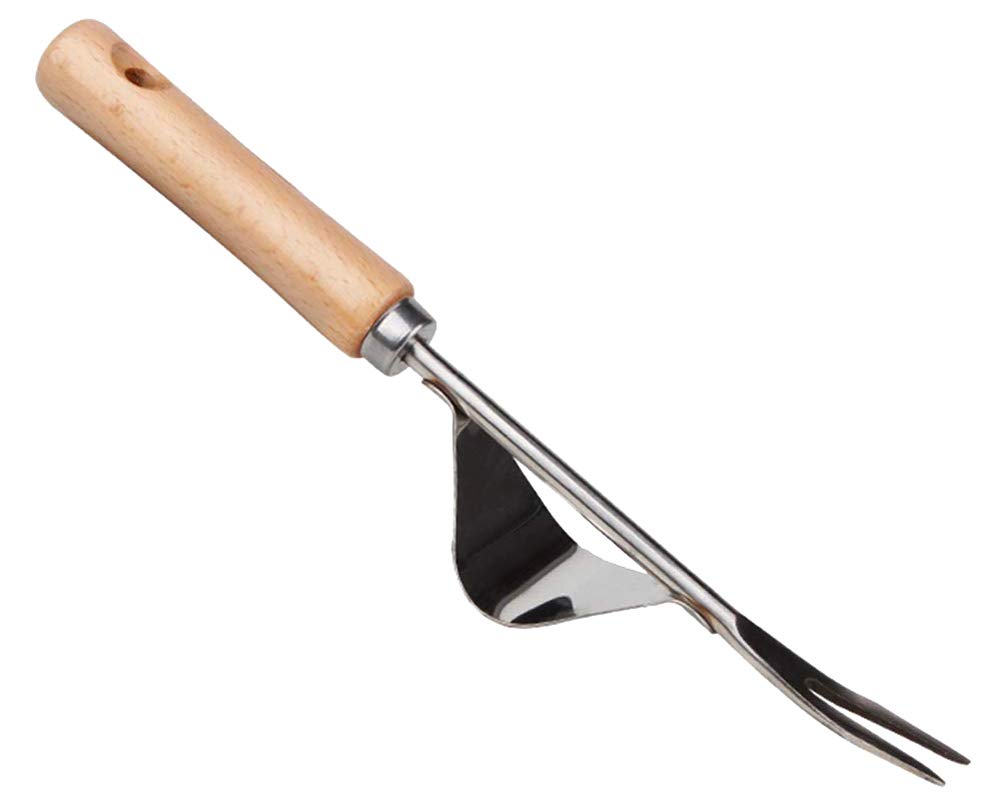
So, in conclusion, the essential part is to keep your tools in good condition so they can last! It’s crucial to keep the blades sharp to make gardening easier. Buy the right tools that will not only save time and effort but also will increase your interest.
